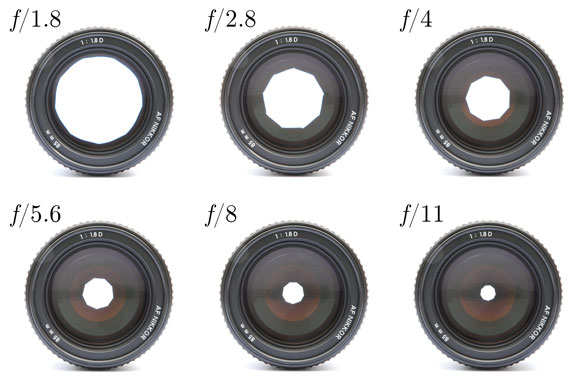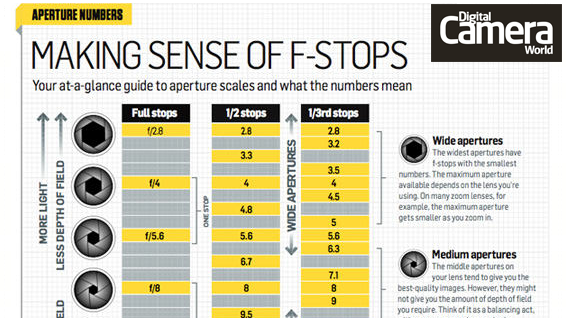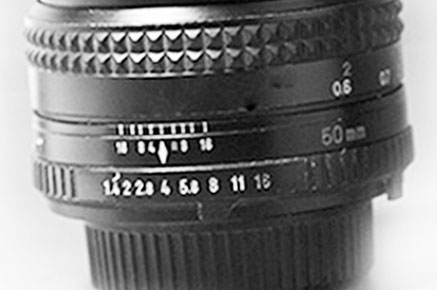
If you get a Nikon 24-70mm f/2.8 and a Nikon 70-200mm f/2.8 from the same generation, for example, shooting at 70mm on either lens will generally yield the same amount of light transmission at a given aperture. They’re still not always going to be perfect, but they’re often close enough to not matter. With photography lenses, the higher end lenses are generally fairly consistent, at least with each other. They need to know the camera is seeing what they expect it to see. They don’t want to be second guessing their lenses, or have to waste time taking more measurements on-set. So, they just need to know that when they put T4 into a lens (any lens), they’re going to get a reliable and consistent exposure. On a higher budget movie, though, those extra few seconds can add up across the course of filming. If you’re shooting for a client, you just include the extra time in your quote. When shooting personal projects, it just means it might take a little longer to finish. If you’re a small one or two man crew, you just factor this time in. And if we don’t do it at the point of capture, we have to do it in the computer. We simply need to double check and compensate for these inconsistencies as needed. But they do still add extra time to the shoot itself.

Monitors like these help us to get around the issue of inconsistency. This is why so many people want DSLRs and mirrorless cameras with clean HDMI output, even if they’re not recording externally. Monitors like the recently released Aputure VS5 have built in false colour, RGB parade, and a host of other features to show us what our sensor sees to get consistent exposure from shot to shot. The time and cost to fix the inconsistencies in those in posts adds up very quickly.įor most of us lower budget types, modern technology can help to solve the problem. That’s around 1500-1800 individual clips. Michael Bay’s Transformers movies, for example, have an average shot length of 3-3.4 seconds. Those slight differences are much easier to notice when switching from shot to shot.Īnd while these differences can be corrected in post, when shooting a 90 minute movie, it’s a lot of extra work. Unlike photographers, cinematographers are often shooting the same scene with multiple cameras, multiple lenses, and from multiple different angles. At least, it is when it comes to quality known brands of cinema lenses. While f/4 might meter differently on half a dozen different photography lenses, T4, on the other hand is identical across the board. The T-Stop, on the other hand, is an actual measurement of the light getting through the lens. The sensor sees the actual light transmitted through the lens.

DEFINE F STOP ISO
It may tell you to shoot 1/125th of a second with one lens, but 1/150th of a second with another, even though the scene, ISO and your aperture haven’t changed. If you’re using the in-camera meter, the sensor will account for these slight differences in light transmission and compensate. These slight differences aren’t often a big deal to many photographers. The differences may not be huge, but placed side by side, they’re often noticeable. Half a dozen different lenses at f/4, even from the same manufacturer, can often yield different exposures at the same settings. Today, though, there are so many different lens coatings and strange designs that light gets lost all over the place. Pick up a few different lenses of the same aperture, and they’d probably be virtually indistinguishable. When glass had little-to-no coatings, and lens design was very simple, there probably wasn’t much light lost. In theory.Īt one time, this was probably an extremely reliable and consistent measurement. This is why a 50mm f/1.4 has a much smaller aperture than a 105mm f/1.4 but still allows (roughly) the same amount of light to hit the sensor. The focal length and aperture relationship allows a certain overall amount of light through the lens.

Twice the diameter means four times as much area, so, two stops more light gets in. That same 100mm lens at f/2 has an aperture opening of 50mm. So, a 100mm lens at f/4 has an aperture opening of 25mm.

A T-Stop is the actual measurement of light transmitted through the lens. It’s based on the focal length of the lens relative to size of the opening through which light is allowed. Essentially, an F-Stop is a mathematical equation.


 0 kommentar(er)
0 kommentar(er)
